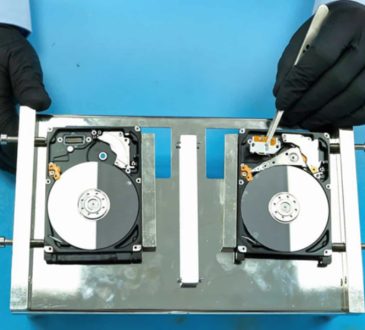
Li-Fi technology has been making waves in the tech industry in recent years. It’s a wireless communication technology that uses visible light to transmit data, as opposed to radio waves used by Wi-Fi. The technology has been in the experimental stage for a while, but it’s now being tested in real-world scenarios. With its potential to revolutionize the way we communicate, it’s worth exploring what the future holds for Li-Fi technology and its applications.
What is Li-Fi Technology?
Li-Fi technology is a wireless communication technology that uses light to transmit data. The term Li-Fi stands for light fidelity. Visible light falls within the spectrum of electromagnetic waves, and Li-Fi uses this spectrum to transmit data. The technology uses LED light bulbs to transmit data by modulating the light intensity at a very high speed. The modulation is so fast that it’s imperceptible to the human eye, but it can be detected by a specialized photodetector.
Advantages of Li-Fi Technology

Li-Fi technology has several advantages over traditional Wi-Fi technology. First, Li-Fi is faster than Wi-Fi. The technology can transmit data at a speed of up to 224 gigabits per second, which is more than 100 times faster than Wi-Fi. Second, Li-Fi is more secure than Wi-Fi. The technology uses light waves, which cannot penetrate walls, making it more difficult for hackers to intercept data. Third, Li-Fi technology is more reliable than Wi-Fi. The technology does not suffer from interference from other wireless devices, making it ideal for use in areas with high wireless traffic.
Applications of Li-Fi Technology
Li-Fi technology has several potential applications. One of the most promising applications of Li-Fi technology is in the field of internet of things (IoT). The technology can be used to connect devices that are not easily accessible by Wi-Fi, such as smart home appliances and healthcare devices. Li-Fi technology can also be used in public places, such as airports and train stations, to provide high-speed internet access to users. Another potential application of Li-Fi technology is in the field of indoor navigation. The technology can be used to provide accurate location data in areas where GPS signals are weak or non-existent.
The Future of Li-Fi Technology
The future of Li-Fi technology looks bright. The technology is still in its infancy, but it’s already being tested in real-world scenarios. The biggest challenge facing Li-Fi technology is the need for line-of-sight communication, which means that the technology cannot be used in areas where there are obstacles between the transmitter and receiver. However, researchers are working on solutions to this problem, such as using reflectors to bounce the light waves off walls and ceilings. As the technology matures, it’s expected that Li-Fi will become more widely adopted, especially in areas where Wi-Fi is not feasible.
Li-Fi technology is a promising wireless communication technology that uses light to transmit data. The technology has several advantages over traditional Wi-Fi, including faster speeds, better security, and reliability. The technology has several potential applications, including IoT, indoor navigation, and public internet access. The future of Li-Fi technology looks bright, and as the technology matures, it’s expected that it will become more widely adopted.




